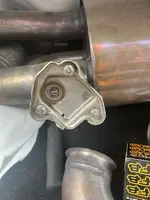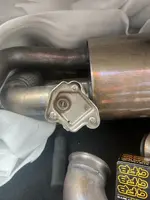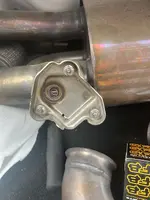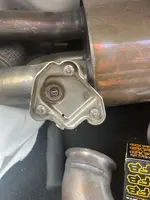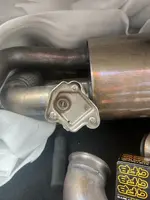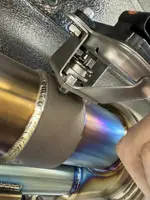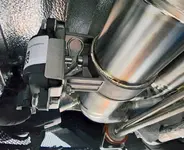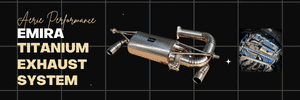Had a look at the standard exhaust valve. The valve is offset 45deg, the open and closed position of the valve are shown the images, there is a 90deg range of motion.The I4 Ti Exhaust I have, has a different spring arrangement to this. I got a CEL first time I gave it some power/revs. It does seem I’m getting a faint rattle at tickover, noticed on left pipe.
The spring/coupling I have, would cause the valve and motor to be offset 90degs, but this new coupling aligns them. 90degs difference between the couplings is a big difference. New spring, no other change? Seems a bit strange to me.
The Aerie exhaust doesn’t have this 45deg offset. The couplings are either straight, 0deg or 90deg.
How is the meant to work in the same way, same range of motion exactly? Am I missing something here, or is this just plain wrong?
